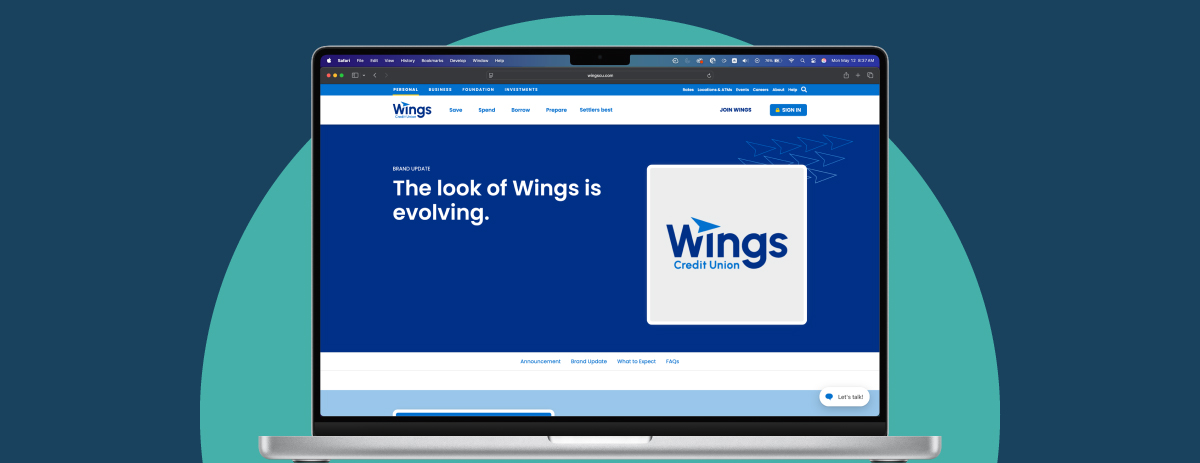According to the National Alliance for Mental Health, nearly 28% of all American adults experience mental health illness. In the first quarter of 2024, 11% of all leaves of absence were due to mental health.
“We know that investing in employee mental health pays dividends,” says Dr. Jennifer Birdsall, Clinical Director of ComPsych, a company providing employee assistance programs. “Employers need to invest in mental well-being strategies that span the continuum of care while arming their teams with knowledge about the support that is available.”
And support is available, with over 90% of all of people in the United States having some form of health insurance. But insurance is complicated. Am I covered? What am I covered for? How do I access coverage? Where do I go for coverage? Add these questions to the pressure those who need care are feeling, and it piles onto an already delicate situation.
To deliver on what Dr. Birdsall refers to, one strategy is for benefits managers to build and execute a communications plan. The plan can leverage an annual or quarterly editorial calendar – providing a steady drumbeat of information, answering frequently asked questions and letting employees know that support is near. Yes, you’re covered. Here are some providers. Here are self-care tactics you can employ on your own. Here’s where to call if you’re in crisis.
And the plan doesn’t have to only focus on mental health. It can serve to inform employees of all the under-utilized benefits you provide, like financial or legal benefits.
To increase utilization, you need more than an editorial calendar. Design and good copywriting can help make complex topics (at least that what it seems to the user) simpler and easier to understand. Graphics can help tell a story making the information more digestible and approachable. Communications can also set a tone that eases someone’s feelings. They are by no means a magic wand, but they can take something that may be intimidating and make it easier to understand, which increases action. That action leads to better outcomes, and those outcomes lead to better business results for you.
Mental health is a growing issue in America’s public health landscape, and it does not appear to be going away any time soon. Investing in mental well-being strategies can pay dividends for all parties – employee and employer.
If you’d like to talk about ways you can brand your benefits programs, make them more approachable, and encourage employees to use them more frequently, let’s talk.






